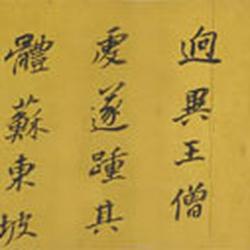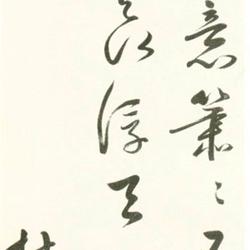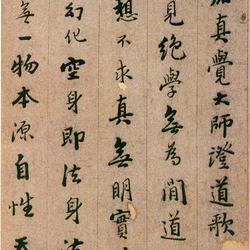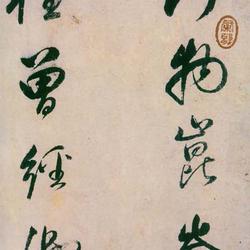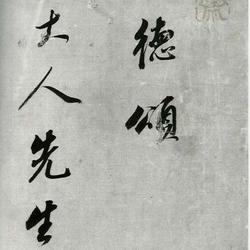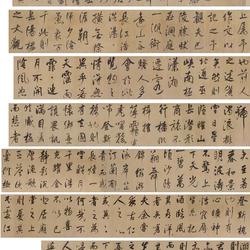





"The Story of Dredging Road Mahu" is on paper, running script, 29.3cm in length, 607.5cm in width, 132 lines. Collection of the Palace Museum, Beijing
This post is an inscription written by Dong Qichang. Department of payment: Written and signed by Dong Qichang. Wei Yingjia seal forehead. Xu Biaojian. There are inscriptions and postscripts by Shen Quan. "Wang Hongxu Seal", "Anyi Zhou Family Collection", "Qianlong Imperial Treasure", "Shiqu Baoji" and other collection seals. It was originally collected by Wang Hongxu, An Qi, Zhang Ruo'ao and the Imperial Household of the Qing Dynasty.
The layout of "The Story of Dredging the Horse Lake" is sparse and well-proportioned. It is a work by Dong Qichang in his later years. The so-called "getting older and more mature, and then returning to plainness" embodies the beauty of the lush and clumsy nature. Dong Qichang commented on himself: "Compared with Zhao Wenmin, Yu Shu and Zhao Wenmin each have their own strengths and weaknesses. The lines are dense and thousands of words are the same. I am not as good as Zhao. If I imitate previous dynasties, Zhao got eleven and I got seventeen. And Zhao Shuyin I am familiar with the vulgar style, and my calligraphy is beautiful because of it. My calligraphy often expresses my intention, and when I make my intention, Zhao's calligraphy will also take the lead." ("Rongtai Collection") expresses his artistic pursuit in his words. Bao Shichen, a native of the Qing Dynasty, said: "Huating was admitted to Jihai (Xu Hao), and he was admitted to Beihai (Li Yong) and Xiangyang (Mi Fu). Later he converted to Pingyuan (Yan Zhenqing) and became close to Liu (Gongquan) and Yang. (Ningshi) Two Young Masters, so his calligraphy can express the ancient simplicity in its posture, and it is a learning among calligraphers." Dong Lin's ancient calligraphers all have the same appearance, but they are good at absorbing the ingenuity of the ancients' pen and character structure. Integrating and changing into one's own appearance avoids being "slavishly written", breaking through the barriers of the Ming Dynasty's generation of deliberately copying and selecting ancient works, expressing the world with a free and unrestrained pen, innovating the old and bringing forth the new, which opens people's eyes.

